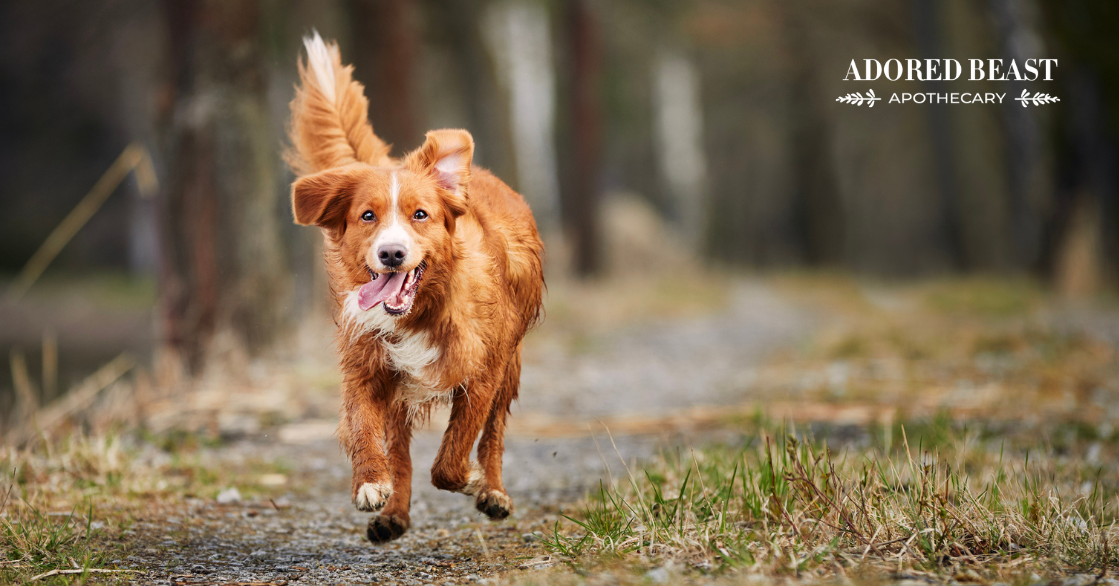Dogs may not speak our language, but they’re always communicating. From tail wags to ear flicks to subtle changes in posture, your dog’s body language gives you important clues about how they’re feeling and what they’re trying to say. But do you actually know the signs of a happy dog (or an unhappy one)?
Learning to read these signs can strengthen your bond, improve training, and help prevent misunderstandings or conflicts with people or other dogs. Most of us have some idea, I am sure, but the thing is, recent research suggests we impose our own interpretations of a situation on our dogs, rather than interpreting the dog’s behaviour itself!
Ooops!!
So what impacts our perception of dog feelings, and how can we better understand dog body language to really figure out how our adored beasts feel? Let’s jump in!
Barking Up the Wrong Tree: How We Misinterpret Body Language
Do we know the signs of a happy dog? Turns out, we likely don’t.
In a recent study, researchers at Arizona State University discovered that, in general, humans typically don’t have a good understanding of the emotional state of their dog because they judge the dog’s emotions according to the context of the event they witness.
“People do not look at what the dog is doing, instead they look at the situation surrounding the dog and base their emotional perception off of that,” said Holly Molinaro, an ASU Ph.D. student in psychology and animal welfare scientist.
The researchers recorded a dog in situations they believed were either positive (like offering a treat or leash) or negative (such as gentle scolding or introducing a vacuum cleaner). In the first experiment, they showed members of the public these videos, both with and without the original visual background. Then, in the second experiment, they edited the footage so that a dog filmed in a happy setting appeared to be in an unhappy one, and vice versa. In both cases, participants were asked to rate how happy and excited they thought the dogs looked.
What they found was that people’s judgments about a dog’s mood were influenced more by the surrounding context than by the dog’s actual behaviour.
For example, if a dog was getting a treat in the video, they assumed he was happy. If a dog was being scolded, they assumed he felt bad.
“People don’t focus on what the dog is doing,” Molinaro explained. “Instead, they base their emotional perception on the situation around the dog. These assumptions are based on the context — not on the dog’s body language or emotional signals — which is quite striking.”
She added, “In our study, when participants saw a video of a dog apparently reacting to a vacuum cleaner, they said the dog looked upset or agitated. But when they saw the exact same behaviour edited to appear as if the dog was reacting to his leash, they described him as happy and calm. People weren’t judging the dog’s feelings based on his actions, but on the situation he appeared to be in.”
Essentially, we apply our own interpretations of the situation and the environment, rather than trying to understand what our dogs are telling us with their body language…
So, how can we better understand body language to recognize the signs of a happy dog?
Recognizing the Signs of a Happy Dog (or an Unhappy One)
There are so many different signals our dogs send out with their bodies. From their nose to the tip of their tail, you can get a whole bunch of information from a careful look.
Tail Wags: Not Always a Sign of Happiness
When it comes to dog body language, the most common misconception is that a wagging tail means a dog is happy. A tail can say a whole lot more. The position, speed, and direction of the wag tell a more accurate story.
- Loose, mid-level wag: This is often a friendly, relaxed wag – a sign your dog is comfortable.
- Fast wag with wide sweeps: Usually a sign of excitement or happiness, especially if the tail seems to wag the whole body.
- Slow wag with the tail held low: This can signal insecurity or uncertainty. The dog might be assessing a situation.
- Tail high, stiff wag: This often indicates alertness or even agitation. The dog may be asserting dominance or feeling challenged.
- Tail tucked between the legs: A clear sign of fear, anxiety, or submission.
- Helicopter tail (full circular wag): This is often seen when a dog is overjoyed — like greeting a beloved human.
Remember: the tail is just one piece of the puzzle. A happy wag combined with stiff posture or raised hackles can indicate something different entirely.
Ears and Eyes: Reading the Face of Emotion
Ears: Ear position varies depending on the breed, but most dogs can move their ears to express emotion.
- Ears forward and alert: Interest, curiosity, or excitement. The dog is tuned into something.
- Ears back or flattened: Fear, anxiety, or submission. But in some dogs, ears may also go back when they’re happy — context is key.
- Ears relaxed: A calm, content dog.
Eyes: The eyes are very expressive when you know what to look for.
- Soft eyes: Relaxed eyelids, possibly squinting slightly – usually means the dog is at ease.
- Hard eyes (wide open, intense stare): This can be a warning sign – especially when combined with stiff body language.
- Whale eye (showing the whites): Often a sign the dog is uncomfortable, stressed, or trying to avoid confrontation.
- Avoiding eye contact: This may be a calming signal or a way of showing submission.
Raised Hackles: Not Always Aggression
Raised hackles – the fur standing up along a dog’s spine – is called piloerection. It’s an involuntary reaction that signals arousal, but not necessarily aggression. This is another common misconception! Our dogs often play fight with their hackles raised, and unaware observers think they’re actually mad/scared/aggressive, when, in fact, it’s the exact opposite!
- Evenly raised along the back: The dog is highly aroused — could be fear, excitement, or aggression.
- Raised only on shoulders or base of tail: Different patterns can signal varying levels of arousal or types of stimulation.
- Combined with other signals: If the dog has soft eyes and a wagging tail, it may just be excitement. If the dog is stiff and staring, it could signal fear or potential aggression.
This is often an involuntary reaction, like goosebumps in people.
Body Posture: The Whole Body Speaks
How a dog carries their body says a lot about how they feel.
- Loose, wiggly body: This is usually a sign of a happy, relaxed dog.
- Stiff body, weight forward: Could indicate a challenge or readiness to react.
- Crouched body, weight shifted back: Fear, anxiety, or submissiveness — the dog may be preparing to flee.
- Rolling over to show the belly: This can be a request for a belly rub or a submissive gesture. Look at the rest of the body — a tense, stiff posture with wide eyes is not asking for affection.
- Play bow (front legs down, rear end up): An invitation to play! This is a clear, friendly gesture.
Read the Whole Dog
The most common mistake people make is interpreting a single behaviour in isolation.
A wagging tail could mean happiness – or tension.
Flattened ears might mean fear – or submission.
Raised hackles don’t always mean aggression – it could just be excitement.
That’s why it’s so important to look at the whole picture:
- Is the dog’s body loose or stiff?
- Are the eyes soft or intense?
- Is the tail wagging fast and low, or slow and high?
- Are the ears forward, neutral, or pinned back?
By considering all the signals together, you get a much more accurate understanding of how a dog is feeling — whether they’re inviting play, feeling nervous, expressing submission, or warning someone to back off.
Learning to read your dog’s body language is one of the most powerful tools you can have as a dog guardian. It helps you understand their needs, prevent problems, and build a trusting relationship. Dogs are constantly communicating — we just need to learn how to listen. Really, there are many signs of a happy dog, we just need to know how to look for them! And remember, don’t always look to the environment or context first – look to your dog!












